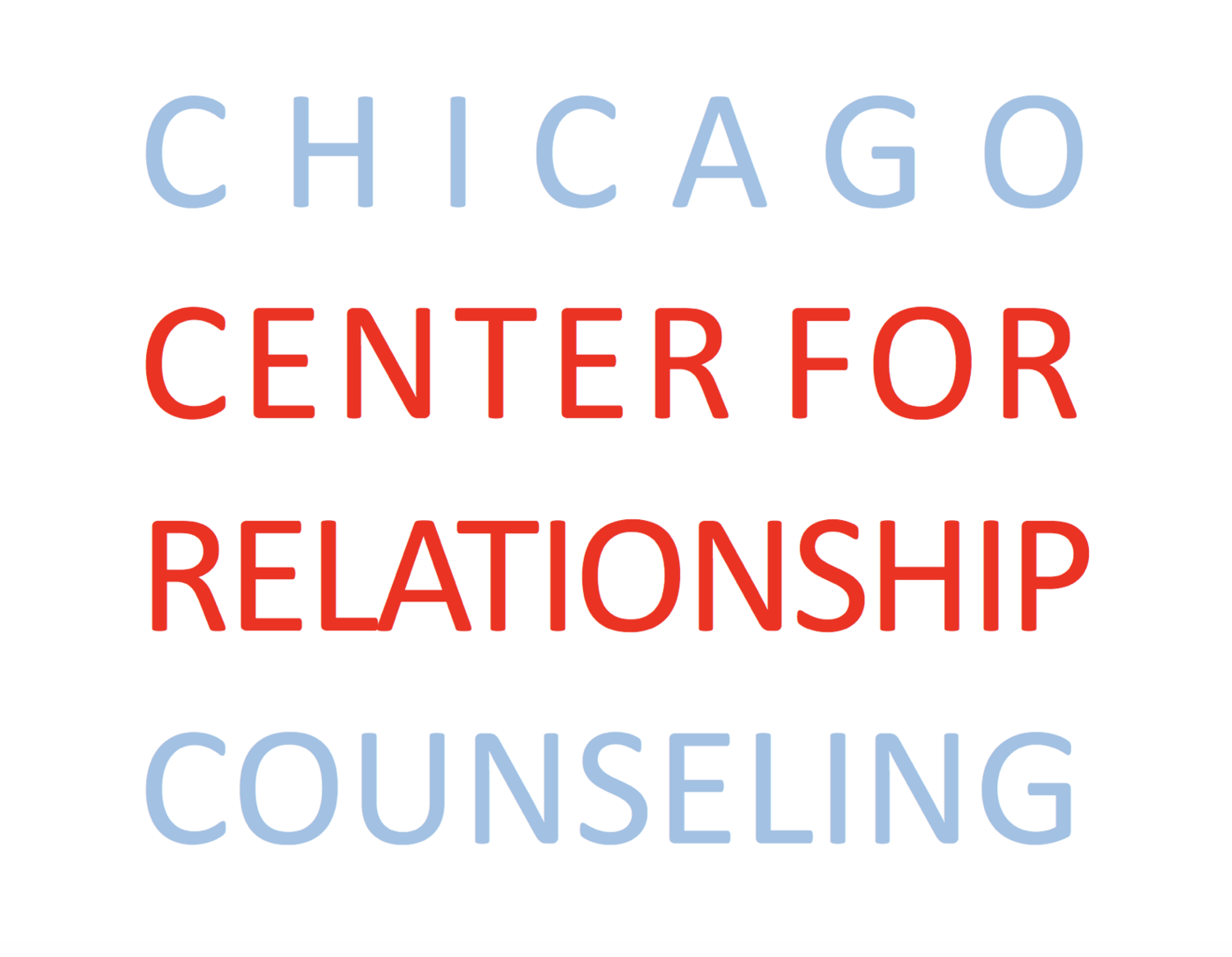We’re Wrong About Boundaries... and How to Rethink Them
Boundaries are hot right now. Watch any reality TV show, TherapyTok, or listen to a relationship podcast and you’ll hear “They crossed my boundary” or “I had to draw a boundary with them” or “They have bad boundaries”. When we use the word boundary, we mean setting limits. We think of them as the distinguishing line between what is appropriate and what breaks our trust or what is my responsibility and what is yours to handle. As Brene Brown says, “boundaries are what is ok and what’s not ok”.
I get it. As we wade through the convoluted and confusing world of post-pandemic, late stage capitalism, it makes sense to want to protect ourselves from being overburdened, overworked, and under-resourced. Most of the time when we’re talking about boundaries this way, it feels like a good thing. Undoubtedly, knowing what you can and want to tolerate from other people is useful self-insight. But, I want to invite a more expansive understanding of boundaries; to think beyond boundaries as limits and responsibilities.
Boundaries are where we meet
As a Gestalt therapist I work from the understanding that boundaries are how we’re in contact with others. Boundaries aren’t how we’re keeping people out but how we’re choosing to connect with them at all.
We tend to think of boundaries as a brick wall, where I am safe over here and you are firmly kept out there. I like this analogy and use it often with my clients to build that inner sense of security we all crave. And while it’s a useful vision to help cultivate a sense of inner strength, it doesn’t work from a relational sense. We can’t develop deep trusting relationships from behind a figurative wall.
Instead let’s think of boundaries as our skin. Boundaries are the organ through which we sense and experience the world. Instead of the hard object between us, they are how we connect with each other.
Quality of contact determines our boundaries
From the Gestalt perspective, when we talk about boundaries colloquially we’re actually talking about boundary disturbances- thoughts or situations that prevent us from meeting another person with clarity and openness. If the boundary is our skin, the brick wall is the boundary disturbance preventing us from sensing the other person. Using the idea of boundary disturbances helps shift our mindset into an attitude of connection. What do I need to do to take down my brick wall and still remain in good contact with this person in front of me?
For example, in Gestalt, a projection is a boundary disturbance. “You won't be able to give me what I want.” “You’re not reliable”. “It would be rude of me to ask for help.” These kinds of assumptions, whether they are about other people or about ourselves, are all projections that prevent us from connecting.
If we were working on projection as a boundary disturbance in a therapy session, the goal would be to move from the assumption into a state of more active choice. We would explore the internalized belief and identify how it serves us. We’d spend time validating the purpose of that belief from a place of self-compassion and non-judgement. And we would explore ways we might make requests, take different actions, or have loving conversations with the source of our projections.
(Gestalt holds several more boundary disturbances, including introjection, retroflection, and confluence. I won't go into them here, but they all encompass limiting beliefs and feelings that prevent us from connecting authentically.)
From no to yes
In general, it is more empowering and impactful when we make choices in the affirmative. It’s true about how we relate to each other, our environment, and ourselves. Instead of focusing on what we don’t want, directing our attention to what we desire can help provide more clarity. When we do so, our boundaries become a natural expression of how we want to move through the world, rather than a punishment or rule.
Here are a few examples of new ways to explore some typical boundary setting experiences:
Do I need to set boundaries at work? Or do I need to have a deeper understanding of my capacity and give myself the time and space I need to get the work done?
Do I need to set boundaries with my mom who calls me every other day just to chat about her friends? Or do I need to redirect our conversations towards subjects that we both enjoy?
Do I need to set boundaries around tempting sweets? Or do I need to deepen my awareness of which foods are nourishing for my body?
These questions aren’t meant as purely semantic reframes. The point is to understand what is causing the disturbance in the contact. By identifying how we feel or what we want in a certain situation, we shift our emphasis from the boundary itself, towards the power of our own actions.
Having boundaries is not a bad thing. Knowing what you need from yourself and from others is essential in compassionate, connected relationships. However the boundary is where we meet not where we resist contact. Through therapy, we explore our relational patterns and bring active awareness to the boundary disturbances (i.e. limiting beliefs and assumptions) that hinder our ability to connect with others. When we have a comprehensive understanding of our own capacities we can invite the world to meet us in the place that feels good for us.
Image link: https://unsplash.com/photos/583uellr2ig



